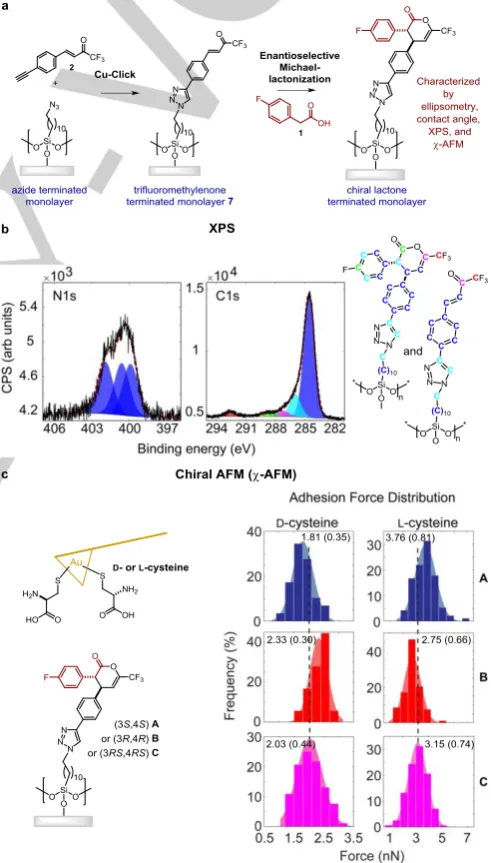Direct organocatalytic enantioselective functionalization of SiOx surfaces
Full text
Figure



Related documents
Energi yang tersedia untuk proses perebusan menggunakan alat pengukur. radiasi surya lux meter selanjutnya dikonversikan ke dalam
In the BDGO group with specimens from nose and groin, 4 of 16 carriers were each identified by nasal or inguinal swabs alone, whereas 8 carriers showed positive PCR results with
While deprivation indices, mortality and morbidity data could be used interchangeably as proxies of health care need in urban areas, the weaker relations between them in rural
social view of how leadership is constructed in society through community ideals.. 30) goes on to suggest that a sense of belonging linked to notions of leadership is a.. complex
higher level nodes will forward it to base station, this results into stabilized energy structure of the network.. Therefore, they tend to have
To confirm the functions of gga-miR-1306-5p in the regulation of Tollip , we explored the protein and mRNA expression levels of Tollip in HD11 cells treated with the mimics
Finally, traffic congestion prediction is a data-dependent CPS-problem of massive scale where traffic assignment decisions have to be made by a deadline based on terabytes of
Similarly, expression of lncRNA down regulated in liver cancer stem cells (DILC) inversely correlated with early tumor recurrence and shorter disease free survival (26)..